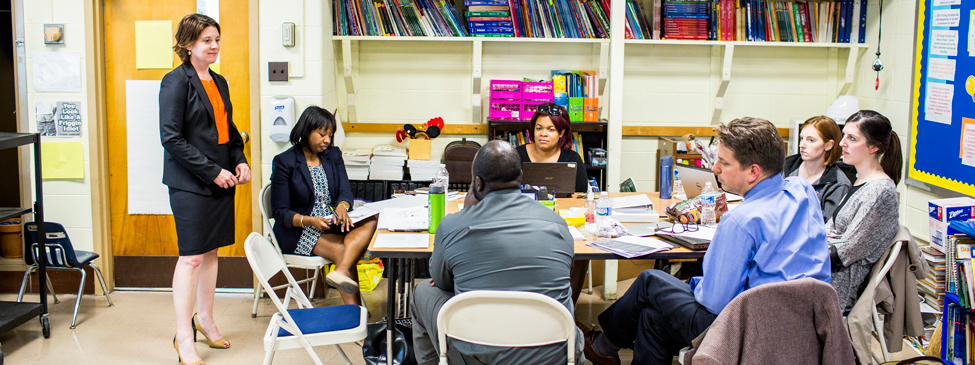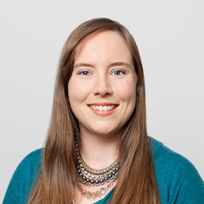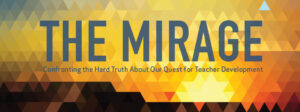This year, I proudly enter the classroom as a teacher for the 10th time. According to The Mirage, by the time I send my students off for summer break, I—and my peers with 10 years of teaching experience under their belts—will have spent the equivalent of more than a full school year engaged in development activities. What are we doing during all of those hours? Are they actually developing us into better teachers?
I’ve worked in three different schools and have led PD for other teachers in a variety of settings. In my experience—with the exception of longer-term summer opportunities—most PD hours are spent rolling out new initiatives, dealing with logistics, or presenting one-time sessions that may or may not be put into use by any given teacher.
These may be perfectly adequate one-off goals, but what about our overall year- or even career-long goals? I am afraid that too often, we are in the business of seeking short-term success rather than long-term teacher improvement. Even if we run a successful event, roll out a new initiative smoothly, or get the scores we seek, have we actually developed better teachers along the way?
It bothers me deeply to think that at my own school, I cannot point to clear evidence that even a single teacher has truly grown as a practitioner—consistently executing on a part of his or her practice more effectively—because of PD I’ve led. So last year, when I was again tasked with leading PD for my school’s English department, I did something that felt radical: I set a goal that every teacher would improve something measurable about their individual teaching practice by the end of the year.
This was hard. It was hard to set individualized development goals with teachers, especially when they were not sure what part of their practice to target. In some cases, they didn’t have a clear sense of their most important areas for growth, perhaps because they hadn’t received adequate feedback or didn’t know how to prioritize the feedback they had received. In other cases, they understood their weaknesses, but struggled to pinpoint development experiences that would be both meaningful for them and have the greatest impact on their students. And while some teachers were ready to hit the ground running, the act of answering “what part of your teaching would you like to improve this year?” was overwhelming at times.
It was also hard because I was no longer planning sessions in which I was going to drive all of our time together. Instead, I was handing much of our time over to “independent practice,” and I was organizing resources and proposing activities that would make that time useful for individuals, based on their carefully constructed goals.
Finally, it was hard because we had to find ways to assess progress toward our goals. “Measurable” improvement means we need something to measure, and it wasn’t always easy to figure out what those things were. My school uses a rubric to drive teacher development, but even with that tool, it could be challenging to know exactly when and how a certain aspect of teacher development would play out in the classroom so that we could attempt to assess its success.
But all of these challenges also proved valuable for us. The goal-setting process pushed us to get on the same page about each teacher’s most urgent areas of growth—something we often shy away from discussing explicitly. By de-centralizing responsibility for our PD time, teachers felt more ownership over their development, and therefore more urgency to make changes they would see play out in their classrooms. And by seeking measurable change, we had to ask where and how we really expected to see evidence of better teaching. It made me consider that if we cannot articulate how a given PD experience will result in a better learning experience for students, it might not be the best use of a teacher’s time.
We only used this “goal-oriented” model for PD for the last semester of the year, so it’s hard to definitively assess how well it worked. We did, however, make progress in establishing a new framework for running individualized teacher development, which we’ll build on in the coming year. Our first step will be to ensure that teachers and their managers establish a key area for each teacher’s development, a measure of the teacher’s current performance in that area, and a clear picture of what teacher and student actions in the classroom can be used to measure improvement. Working toward these goals as immediate priorities will certaintly demand more of our attention throughout the year. But we have to start somewhere.
True improvement at any challenging task is both hard and good, and it requires honest reflection on where we are and where we want to be. It is time that we all—teachers, principals, and entire school systems—reflect on and improve our approaches to teacher development.



